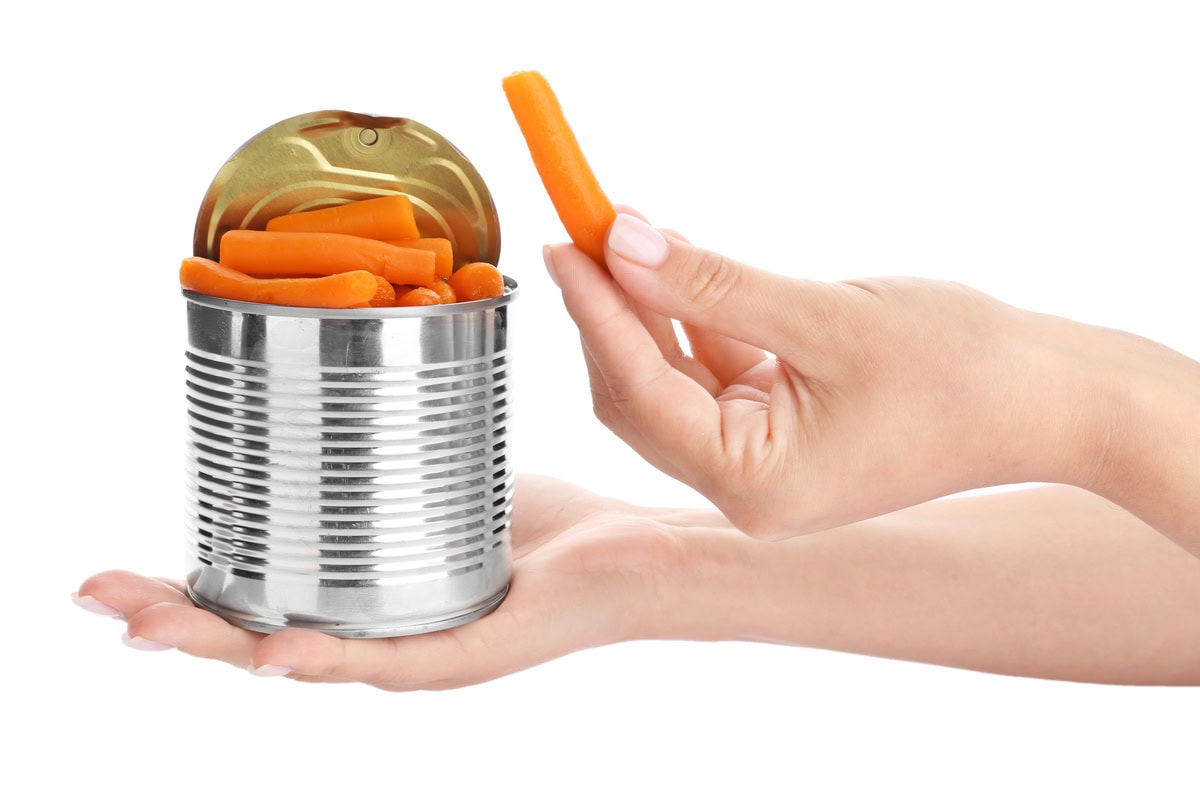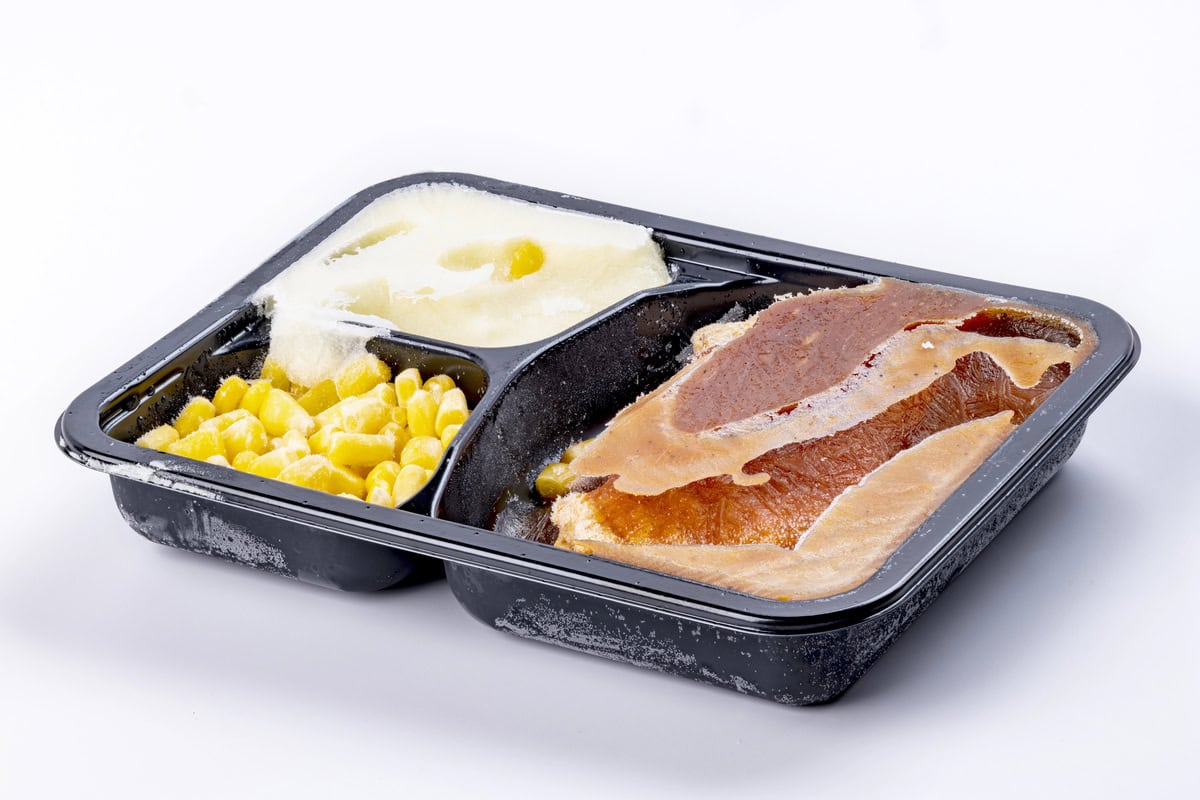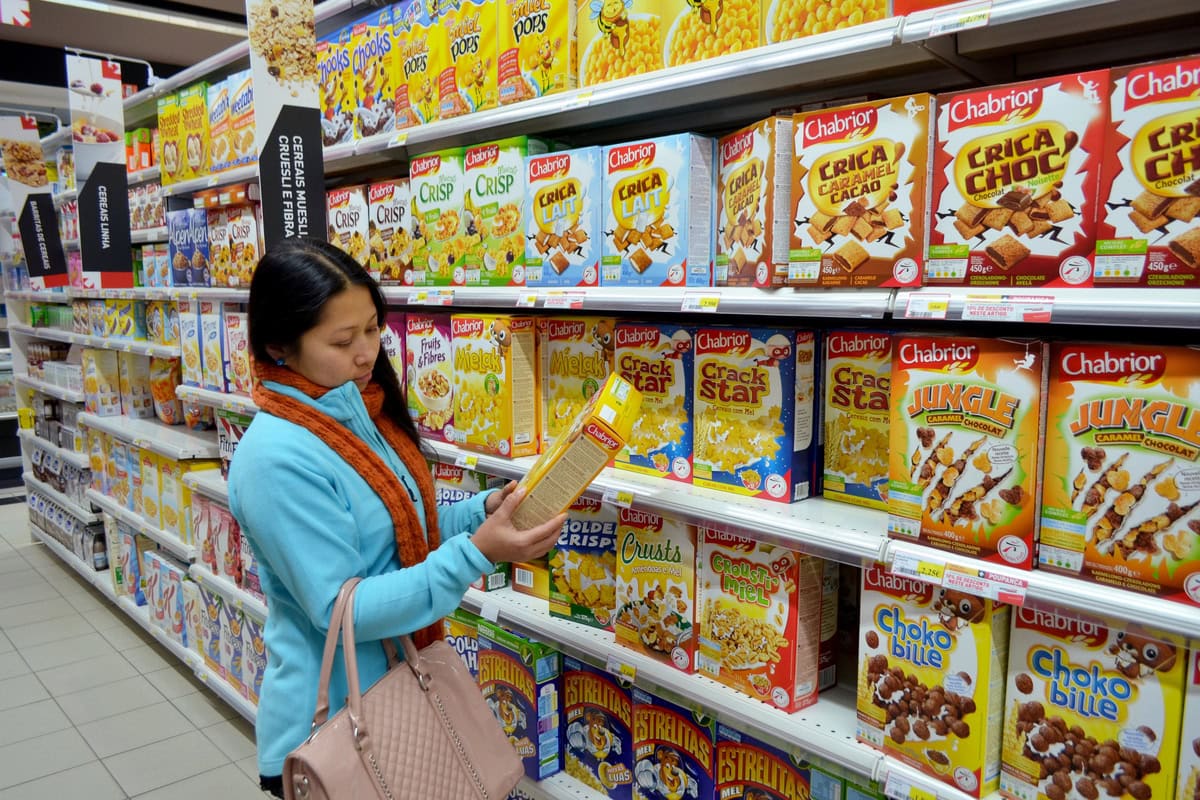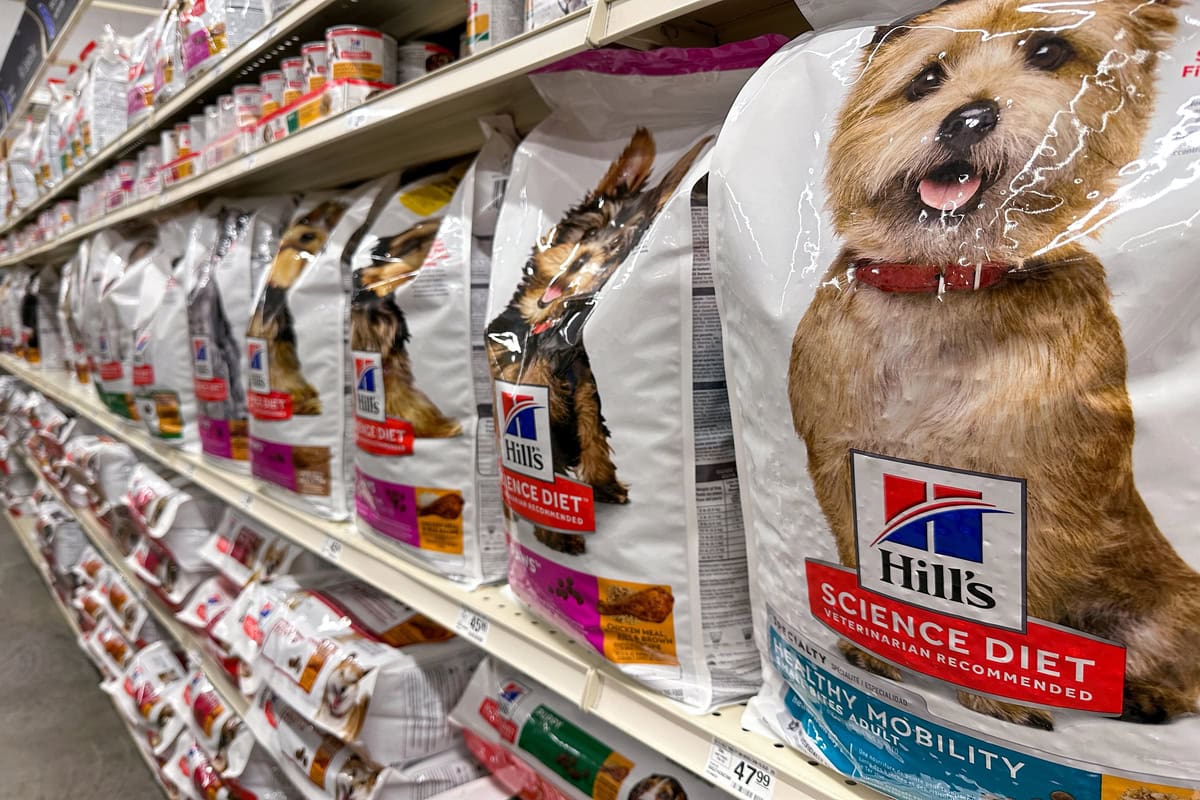This post may contain affiliate links which means I will get a commission if you make a purchase at no additional cost to you. As an Amazon Associate I earn from qualifying purchases. Please read my disclosure for details.
Grocery shopping habits have shifted, and millennials are leading the change. Raised in a digital world with tight budgets, they move through stores with intention and a mental filter shaped by health, ethics, and convenience.
While older generations may browse every aisle, millennials are silently skipping whole sections. From outdated ingredients to products that feel overpriced or inauthentic. Retailers have noticed, and they’re already adjusting their layouts to catch up.
Canned Vegetables and Fruits

WANT TO SAVE THIS RECIPE?
Millennials associate canned produce with excess sodium, syrupy sugars, and a lack of freshness. Even though these items are shelf-stable and affordable, they’re seen as outdated and nutritionally inferior. This group prefers flash-frozen or fresh items, especially when organic options are available.
Instant Boxed Meals

Products like hamburger helpers and shelf-stable pasta kits scream convenience, but not in a good way. Millennials tend to view them as overly processed, lacking in real ingredients, and full of preservatives. They’d rather spend a few extra minutes making a simple recipe from scratch.
White Bread and Processed Bakery Items

Mass market loaves, sugary pastries, and fluorescent frosted donuts are getting passed over. Millennials are deeply focused on fiber, whole grains, and gut health, so white bread just doesn’t cut it. Artisan style breads or gluten-free alternatives are more aligned with their goals.
Frozen Dinners

TV dinners and frozen entrées used to be a household staple, but younger shoppers think differently. These meals are often loaded with sodium, artificial flavors, and outdated portioning. Millennials prefer meal prep, restaurant leftovers, or frozen vegetables to build custom bowls.
Cleaning Product Overload Aisle

While millennials do care about clean spaces, they avoid traditional aisles packed with ammonia, bleach, and synthetic scents. They’re looking for minimalist, eco friendly formulas with transparent labeling. The overpowering smell and long chemical names signal unsafe rather than effective.
Cereal Aisle’s Sugary Side

Bright boxes, cartoon mascots, and marshmallow bits don’t have the same charm for this label reading generation. Millennials are skipping sugary cereals in favor of high protein, low sugar breakfast options like Greek yogurt or smoothies. Many associate the cereal aisle with childhood nostalgia, not adult nutrition.
Related Post: 13 Fast Food Chains In The Midwest With Secret Menus People Swear By
Paper and Plastic Goods

Disposable plates, plastic cups, and single use cutlery are a hard pass for millennials trying to live sustainably. With the rise of reusable alternatives, this aisle feels unnecessary and even wasteful. Many prefer to buy in bulk or avoid it altogether. Environmental guilt is strong, and it’s reshaping how they stock their homes.
Related Post: 12 Ways You’re Ruining Your Nonstick Pans Without Realizing It
Conventional Pet Food Aisle

Pet parents in this generation are reading labels as closely for pets as they do for themselves. Conventional dry food loaded with fillers and vague meat byproducts just won’t do. Millennials want grain free, human grade ingredients, and transparent sourcing.
Related Post: 13 Fast Food Chains That Changed Their Recipes And Lost Fans Overnight
Millennials aren’t just shopping differently; they’re reshaping what stores prioritize. Their values around health, transparency, and sustainability are forcing entire aisles to evolve. Brands that can’t adapt are quietly being left behind.
Disclaimer: This list is solely the author’s opinion based on research and publicly available information.
10 Grocery Stores In America That Gen Z Is Quietly Cancelling

Gen Z isn’t just reshaping shopping habits, they’re redefining the values behind every purchase. With a keen eye on sustainability, ethical practices, and authentic brand messaging, this generation is steering clear of grocery stores that don’t align with their principles.
Read it here: 10 Grocery Stores In America That Gen Z Is Quietly Cancelling
How to Save $100+ Every Month at the Grocery Store

From planning your meals to avoiding sneaky upcharges in the snack aisle, here’s a realistic guide to trimming your food budget without adding stress to your week.
Read it here: Things Moms Waste Money On (and Don’t Even Know It)
Is Walmart+ Still Worth It in 2025? The Truth After 3 Years

Is the new Walmart Plus worth the annual fee or is it just another failed version of Amazon Prime? I spent my own money trying this service out for 12 months and counting. I have a lot to say about the benefits and drawbacks in this Walmart+ honest review.
Read it here: Is Walmart+ Worth It? Honest Review 3 Years Later!
You’ll love these related posts:
- 14 Delis In Boston That Locals Say Should Be National Landmarks
- 12 Farmers Markets That Turn Grocery Shopping Into A Full Experience
- 15 Foods That Are Strangely Better Cold At A Picnic
- 10 Foods That Melt Too Fast At Summer Parties And What To Serve Instead
- 13 Easy Afternoon Tea Treats That Feel More Expensive Than They Are
